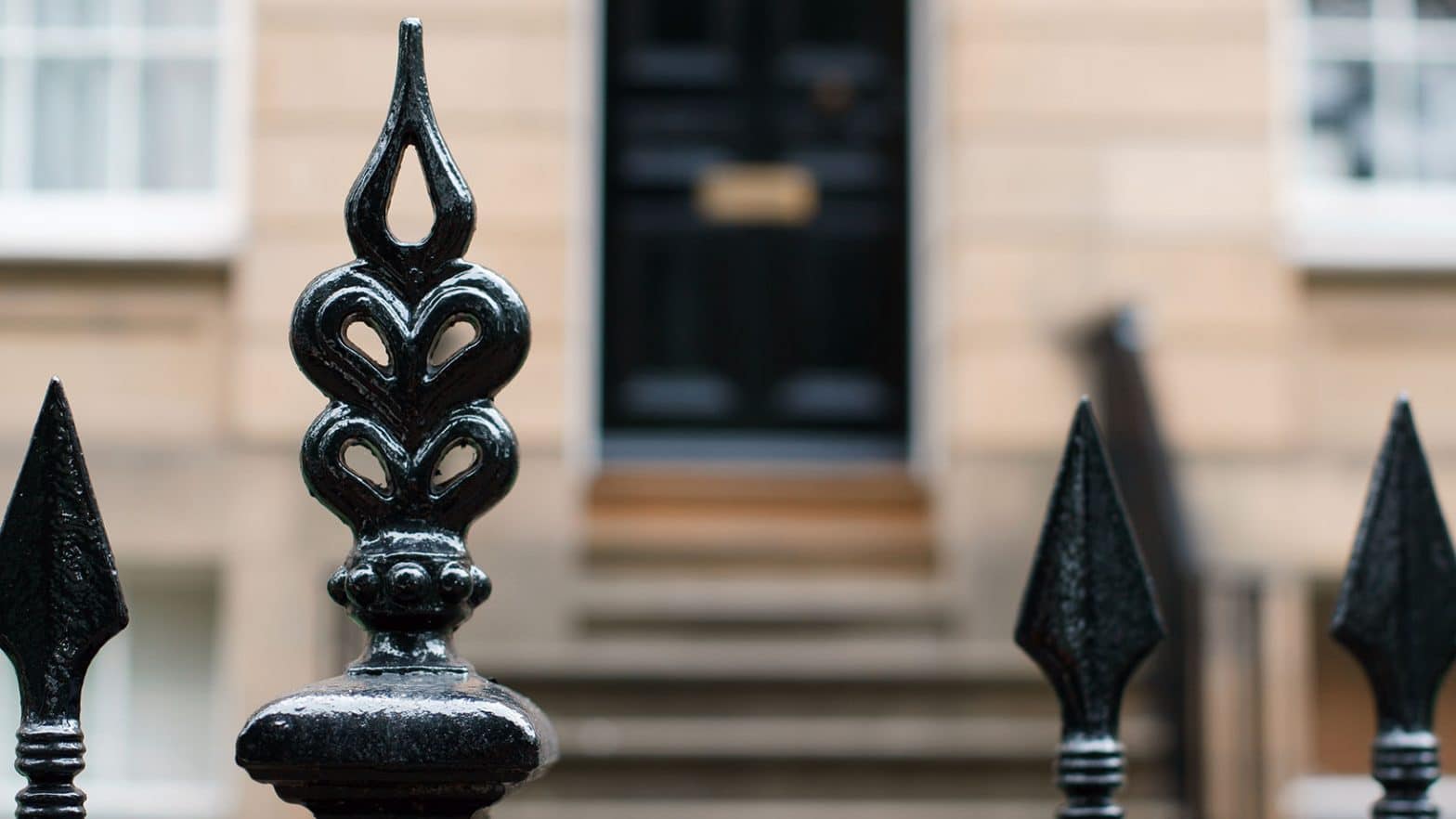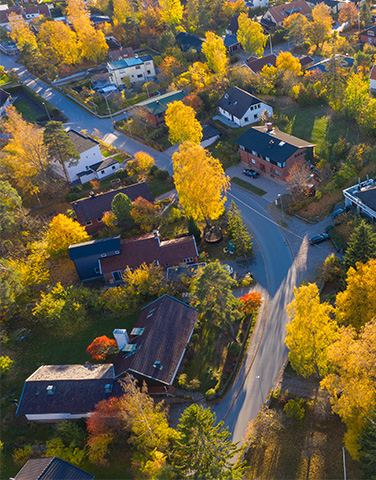
The solution to the residential sector’s building safety crisis remains clad in uncertainty
Since the Grenfell Tower fire in June 2017, leaseholders have been left in an uncertain position regarding the removal or replacement of unsafe cladding with many facing the prospect of having to foot the bill living in unsafe and unsellable homes.
Almost five years on, the Government have confirmed their intention to reset the approach to building safety with a bold new plan to protect leaseholders living in buildings of between 11m and 18.5m from the cost of remediating unsafe cladding by securing up to £4 billion from residential developers to fix the cladding crisis.
Mr Gove stated that: “no leaseholder living in a building above 11 metres will ever face the costs for fixing dangerous cladding” and that the industries who profited whilst they caused the problem, should be held accountable.
The plan is for proposals for loans and long-term debt for leaseholders in medium-rise building to be scrapped. A new portal will also be opened for leaseholders, to give them more transparency over the progress of works on their building.
On 10 January 2022, the Secretary of State for Levelling Up, Housing and Communities, Michael Gove, wrote an open letter to residential developers setting out a “window of opportunity”, between now and March, for developers to:
- Agree financial contributions this year and in subsequent years to a dedicated fund to cover the full outstanding cost to remediate unsafe cladding on 11-18m buildings, estimated currently to be £4bn
- Self-fund and undertake all necessary remediation works on all buildings above 11m (i.e. 11m-18m and >18m+) which those developers played a role in constructing
- Provide comprehensive information on all buildings above 11m which have fire safety defects and which the developer had a role in constructing over the last 30 years.
The Government has yet to announce which companies will need to make a funding contribution but it is expected to cover all firms with annual profits from housebuilding at or above £10 million.
Gove’s letter requests proposals and confirms that the process will begin with a roundtable with 20 of the largest residential developers and trade bodies in attendance.
Leaseholders and those affected by the Grenfell Tower tragedy will be invited to discuss solutions at appropriate junctures to ensure discussions are not taking place behind closed doors.
Although this contribution is currently voluntary, Michael Gove has warned he will “take all steps necessary” to secure the funds from the companies in question. Such steps include restricting access to government funding, the use of planning powers and the pursuit of the developer through the courts with the imposition of a “solution in law if needs be”.
Unsafe cladding is of course only part of the problem and whilst the latest announcement has been criticised for doing little to change the position on non-cladding fire safety issues, Gove has pledged an additional £27 million for the installation of fire alarms in all high-risk buildings and to end the misuse of costly waking watch measures, which are usually paid for by leaseholders. This contribution is likely to decrease the current service charge imposed on tenants.
To assist with costs further, the Government are also committed to working with insurers to bring down insurance premiums and amendments are to be tabled to the Building Safety Bill to extend the limitation period from 6 to 30 years in some instances, with retrospective effect to assist with recovering the costs of remediation.
Summary
The bottom line is that the latest announcement did not introduce new legislation nor did it provide a timetable for legislative change. It simply sets out an intention to negotiate – something that sounds worryingly similar to the nebulous concept of an agreement to agree.
What is not clear at present (and may not be for a number of weeks at least) is what “all steps necessary” may involve and in particular what precisely is envisaged by Mr Gove’s final threat to the industry of a “solution in law”.
Whatever follows next will likely be a further sting in the tail for developers who will also be hit by the residential developer’s tax from 1 April 2022 (levied at 4% on all profits over £25 million).
From the leaseholder perspective, the plans only apply to leaseholders who haven’t yet paid to have cladding removed. Anyone who has already paid will not be refunded. It also remains to be seen what assistance will be available for leaseholders with cladding issues in buildings under 11m.
As always, the devil will be in the detail and we will keep you abreast of developments.
For now both housebuilders and leaseholders alike must live with an unwelcome air of uncertainty. Something that the housebuilding industry could do without in the wake of (or arguably continuing) Brexit, supply chain and Covid storm the industry has had to weather over the last few years.
Talk to us about
Related services
Related sectors
















